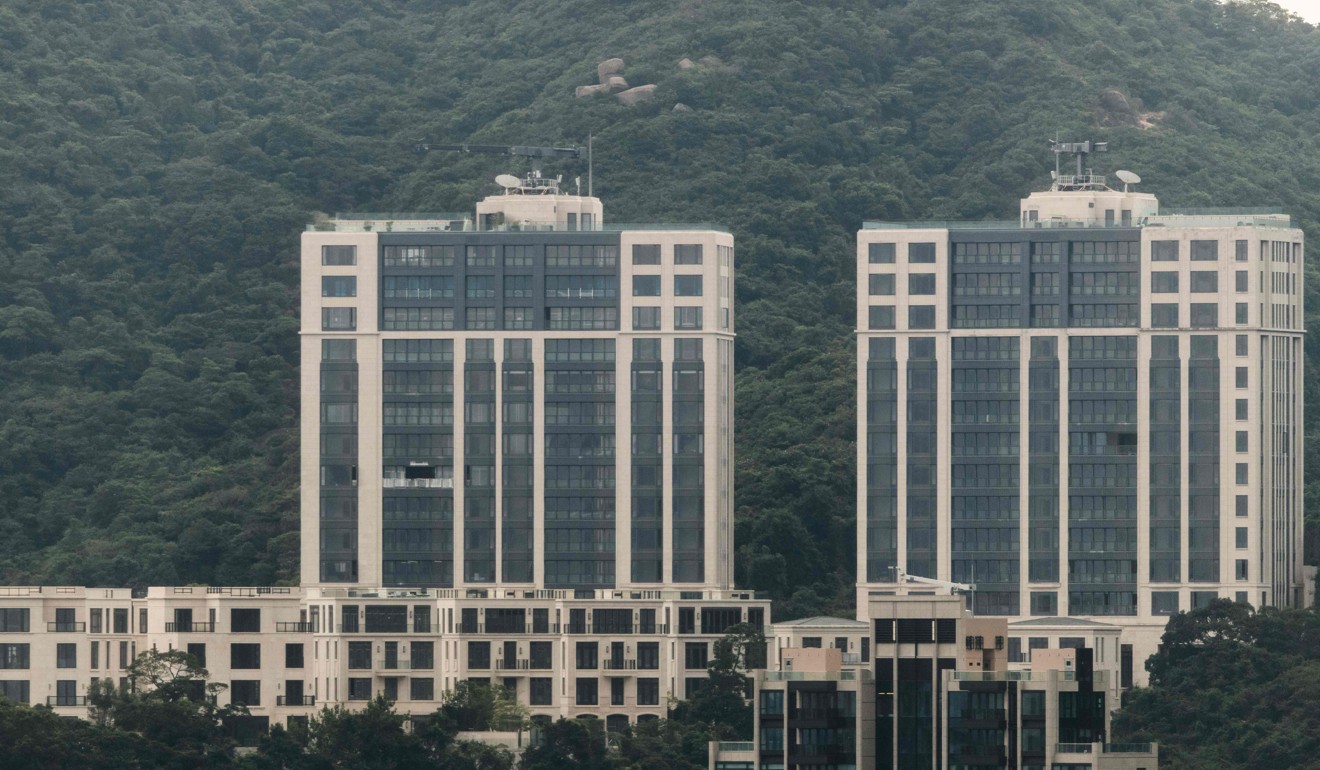
Hong Kong homes to become even more expensive in 2018, deepening the affordability crisis, analysts say
Aspiring homebuyers to face deepening affordability crisis, as experts forecast broad market gains of 10pc to 20pc next year
The dream of owning a home in Hong Kong will become even less attainable for those seeking to get on the housing ladder next year, as prices in the city are forecast to rise 10 to 20 per cent, according to predictions by the city’s two major property consultants.
The property market, already ranking as the world’s least affordable urban centre, will be propelled higher by the wealth effect from the booming stock market, record-low unemployment and high economic growth, the analysts said.
They added that demand continues to outpace supply, providing strong support to price growth.
JLL forecast Hong Kong home prices have the potential to increase as much as 20 per cent in 2018, while 10 per cent growth was forecast by Cushman and Wakefield in their year-end property market review and outlook for 2018, released on Monday.
“The million dollar question is what will trigger residential prices to fall?” said Buggle Lau Kai-fai, chief analyst at Midland Realty.
Although Hong Kong is likely to follow the Federal Reserve in an expected interest-rate increase on Wednesday, he said it might not have a severe impact on home prices.
“It will only add an additional HK$2,000 monthly mortgage instalment for homeowners who borrow HK$5 million from banks even if Hong Kong raises interest rates by 0.75 percentage point in 2018,” he said. “Homeowners are unlikely to sell their flats at lower prices just because of such a small increase in home loans.”
Alva To, vice-president and head of consulting, Greater China at Cushman & Wakefield, said positive factors should support 10 per cent growth in the first half of 2018.
“It will be the longest growth streak since the first quarter 2016,” he said.
Home prices rose 11 per cent during 2017, with the biggest growth seen in “nano flats” projects and luxury homes.
A 272 square foot unit at Cullinan West atop Nam Cheong Station sold for HK$7.5 million (US$960,512), while a 4,242 sq ft four-bedroom flat at Mount Nicholson sold for HK$560 million, or about HK$132,000 per square foot. On a square-footage basis, that makes it the most expensive residence in Asia.
The optimistic forecast is likely to add pressure on Chief Executive Carrie Lam Cheng Yuet-ngor to do more to ease the housing shortage and help first-time buyers get on the property ladder.
Joseph Tsang, managing director and head of capital markets at JLL, urged the government to review price-cooling measures to get the market functioning properly.
“The shutdown of the secondary sales market was one of the reasons behind Hong Kong’s housing woes,” said Tsang.
“There are about 1.2 million units in secondary market. Unlocking this supply could provide more choices to buyers and help reconnect the upgrading chain by redirecting buyers to the secondary market. This could potentially allow price setting to be more dynamic in the secondary market,” he said.
Under current cooling measures, a 15 per cent stamp duty will be charged for buyers who purchase second flats and another 15 per cent special stamp duty will apply to flats resold within three years.

“Sales in the secondary market have dropped to 45,000 deals this year from 100,000 in 2007. Most existing homeowners prefer holding their units instead of offering them for sale in the secondary market,” said Lau.

